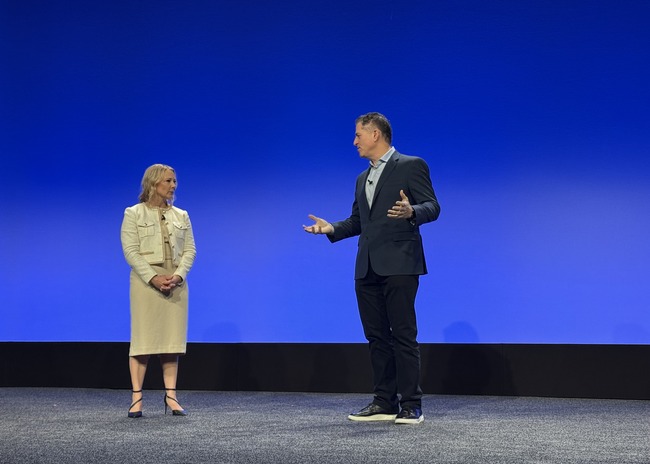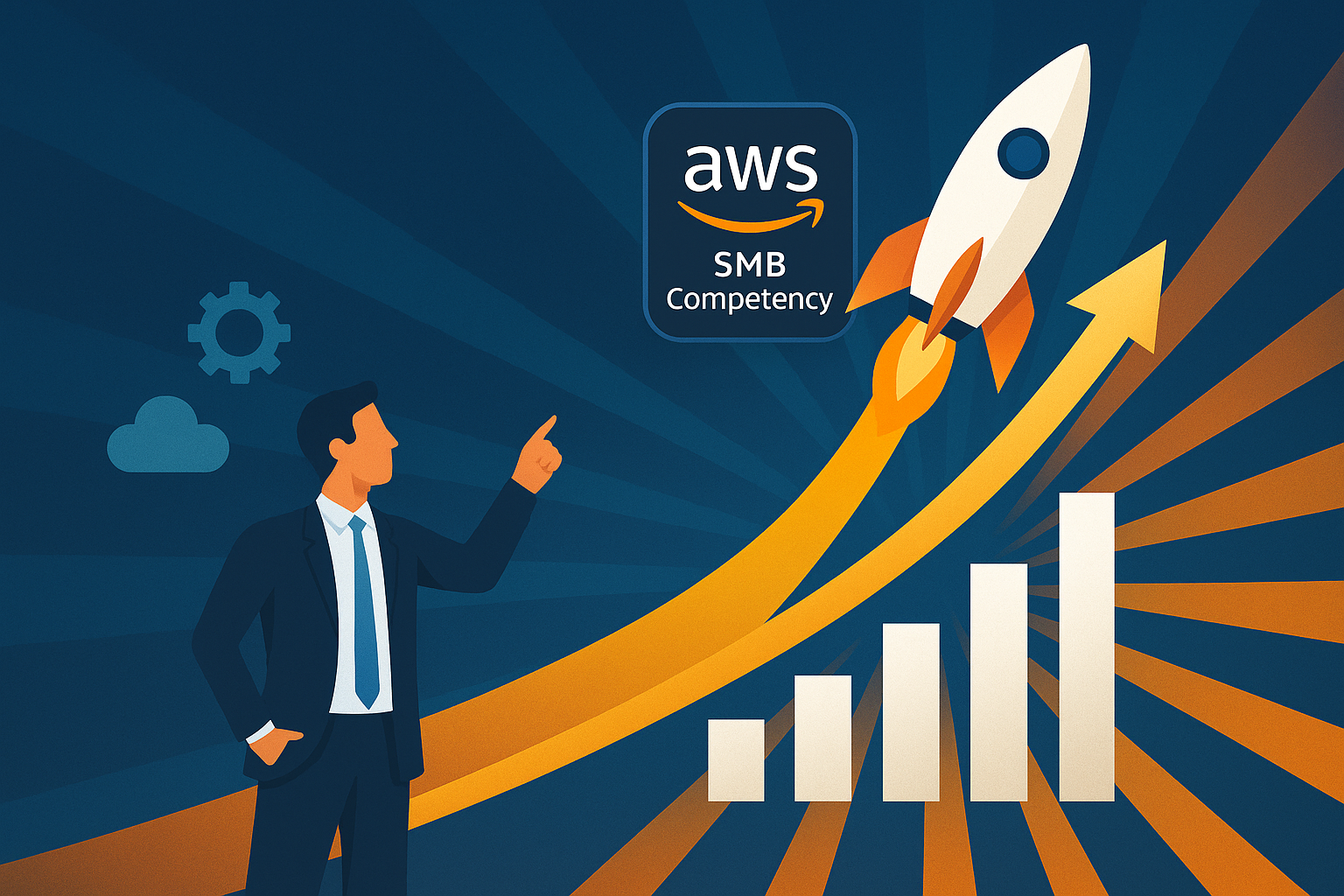Executive Vice President and Chief Customer Experience Officer, Liz Centoni's vision for Cisco's Customer Experience (CX) organization is bold, future-ready, transformative, and complete. This vision is fundamentally reshaping how customers interact with and derive value from their technology investments. Cisco's CX strategy centers on leveraging Generative AI and Agentic AI to move beyond reactive support towards proactive, predictive, and personalized assistance throughout the entire customer lifecycle—from initial planning and deployment to ongoing operation and renewals.
Cisco is achieving this by digitizing decades of historical knowledge, establishing standardized workflows, and developing AI-powered tools, such as intelligent agents, delivered through unified platforms. These innovations provide actionable insights, tailored recommendations, and automated actions. The overarching goal is to revolutionize customer experience by simplifying operations, enhancing customer value, and accelerating time to value for both customers and partners, all while carefully maintaining the critical elements of human expertise and trust. I firmly believe that this forward-thinking strategy positions Cisco CX to enhance resilience and simplify complexity in an increasingly intricate technological landscape.

As an industry analyst at Techaisle, my analysis of Cisco's CX strategy reveals several critical insights. Here, I will delve into the competitive differentiation these developments offer Cisco, their tangible benefits for customers, and the fresh opportunities they unlock for channel partners:













